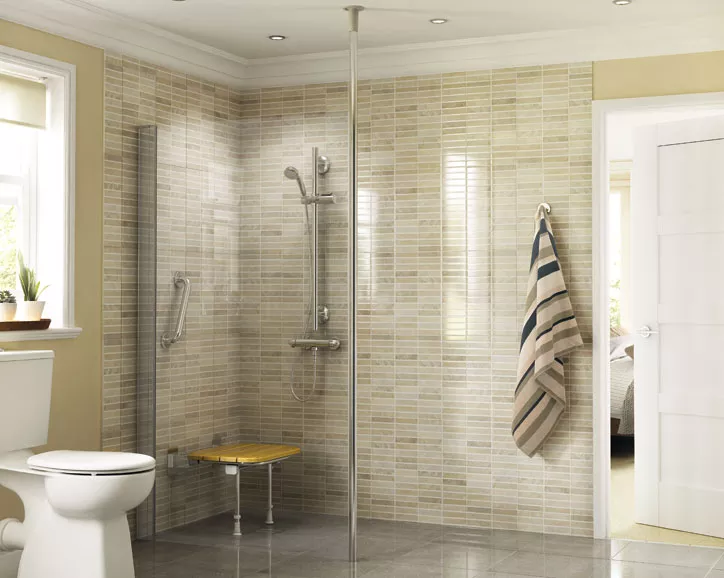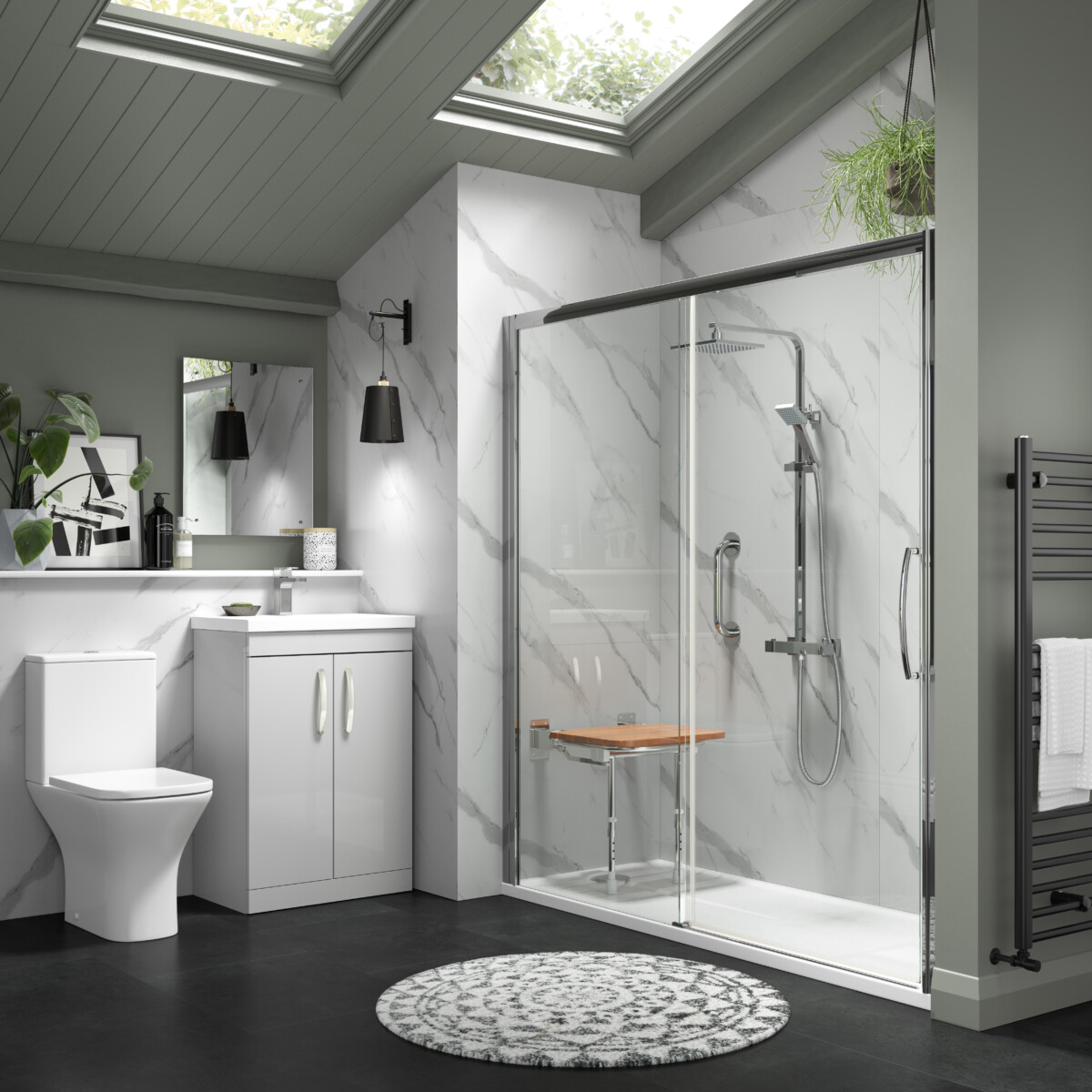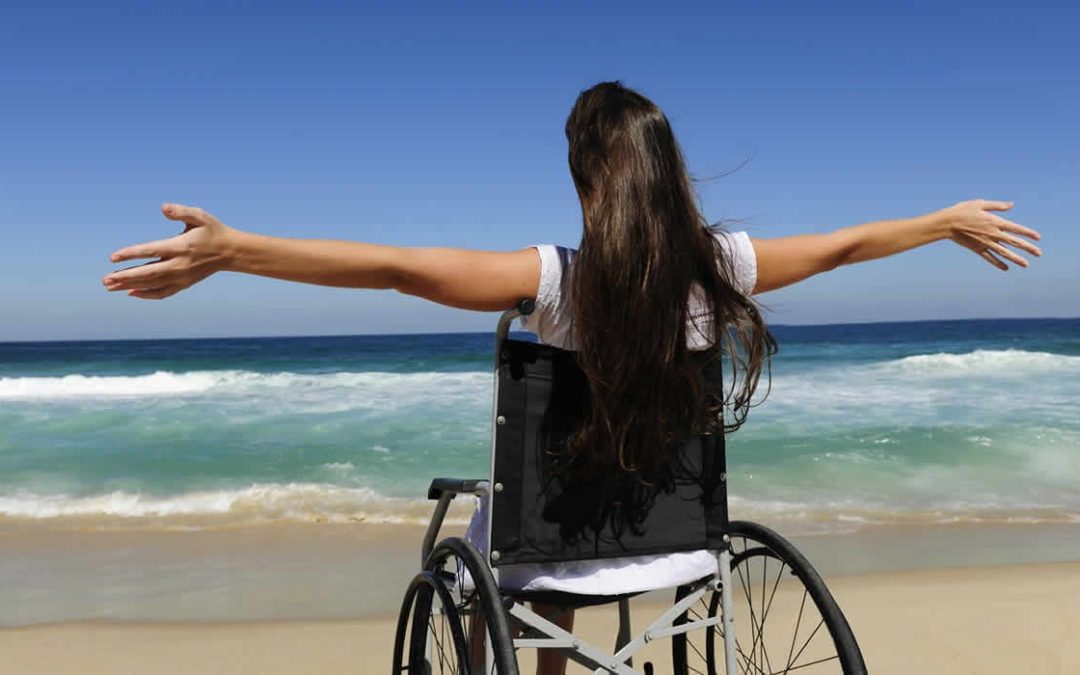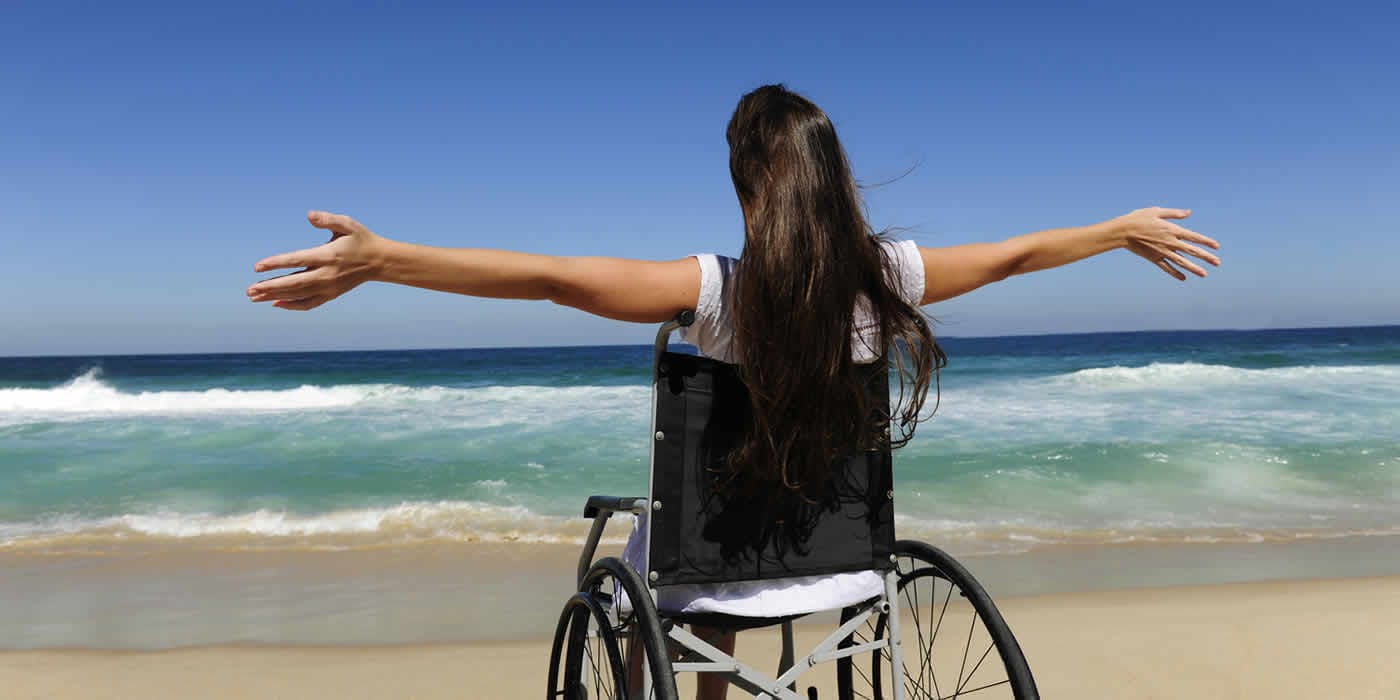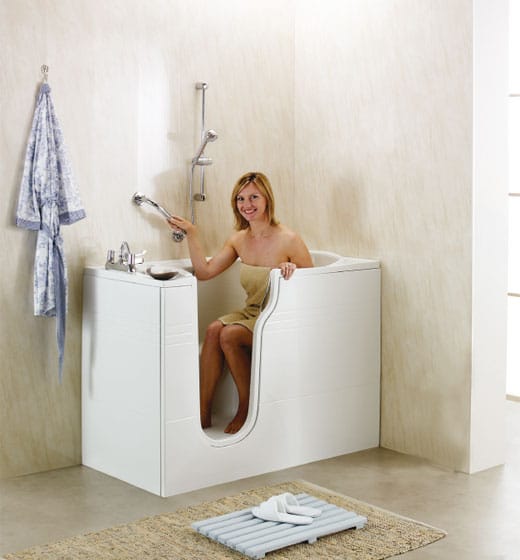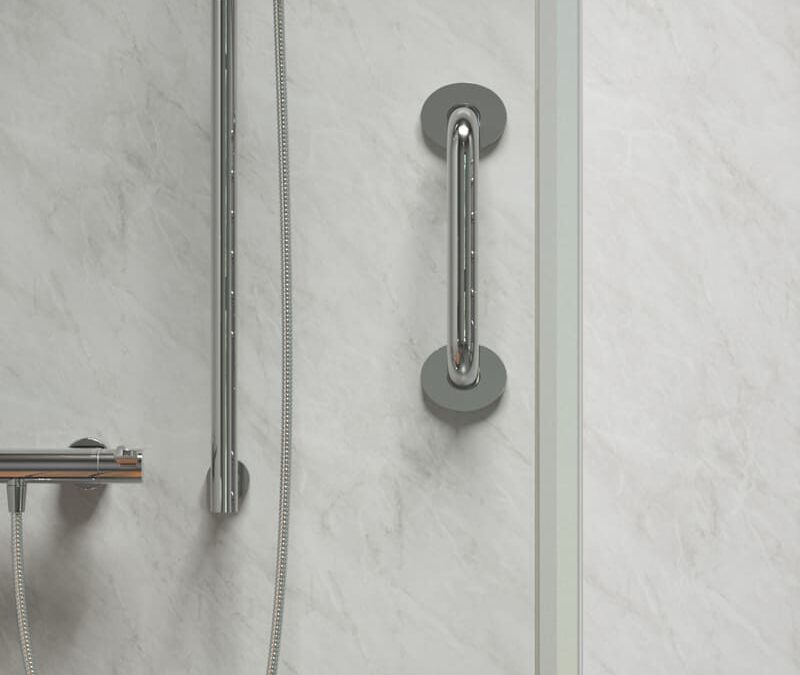
Getting to grips with grab rail positions
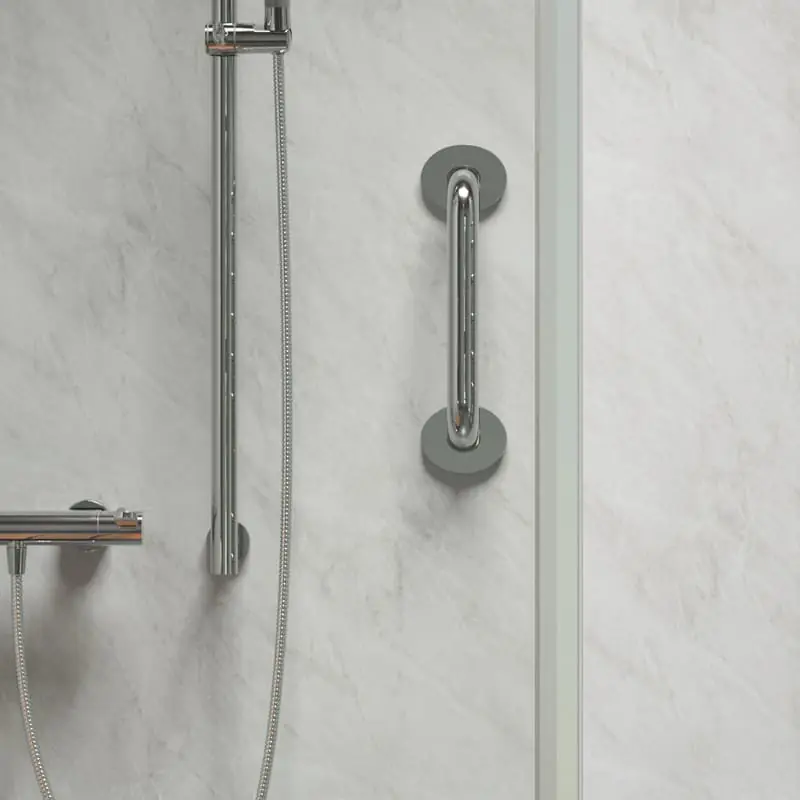
When designing a disability bathroom to suit your mobility needs, the position of your walk-in shower or walk-in bath is usually a very simple decision. The position of support fittings – such as where to put grab rails in relation to a bath or shower seat – often requires a little more thought.
Suitable positioning of these fixtures is important to ensure that they provide adequate support to perform specific tasks. Learning about grab rails for walk-in baths or showers could lead to you having a better bathing experience in the long run by choosing the one that’s right for you, so it’s worth understanding.
Taking a bit of time to get this right could save you a great deal of discomfort and avoid unnecessary strains or injuries. As a starting point, it is useful to contemplate your daily bathing routine and what specific tasks you need your bathing aids to perform within that routine.
Request a Free Brochure
Simply fill out a quick form and see how we can transform the way you bathe.
Different types of grab rail
Installing grab rails is hugely beneficial for additional safety and stability in a mobility bathroom. They release the pressure from your joints allowing you to move around more freely from your shower or bath.
At Mobility Plus, we offer four types of grab rail that can be installed alongside your walk-in bath or walk-in shower, so you can find the best support solution for your individual needs.
1. Horizontal grab rails
Horizontal rails act as support in both walk-in baths and walk-in showers, as they are very useful when pushing up from a sitting position and provide support when lowering, without the worry of potentially slipping because they are at an angle. Horizontal grab rails are often positioned near to seats in your bathroom.
2. Vertical grab rails
Vertical grab rails can provide assistance when pulling up into a standing position. They are also useful in a walk-in shower as they act as standing support while you bathe. View our walk-in shower range to see how our products are specifically designed for the elderly or individuals with mobility issues. Vertical grab rails can be hugely beneficial in mobility bathrooms, as well as more traditional bathrooms since they provide that extra level of safety that people want when bathing.
3. Inclined grab rails
Inclined grab rails, fixed at a slight angle to the horizontal, are often suitable if you have weak or painful arms or wrists – the angle can support your forearm on the rail whilst pushing up and in doing this your body weight is spread over a larger area. With an inclined grab rail, you can have important support when entering or exiting your bath or shower.
4. Angled grab rails
Angled rails – placed at an angle of 45° rising away from the user – are ideal if you need steadying support, perhaps in the process of standing up or lowering down slightly. It means that you can keep your wrist in a neutral position and not have to lean too far forward to grip the nearest end of the rail due to its lower position.
Once you’ve achieved a standing position, your hand can travel up the rail to maintain the support. View our range of walk-in baths to see how angled grab rails complement our bathroom designs. Having angled grab rails can often be the best of both worlds, offering the dual inclines that are sometimes needed in one movement.
Rail positions for walk-in baths
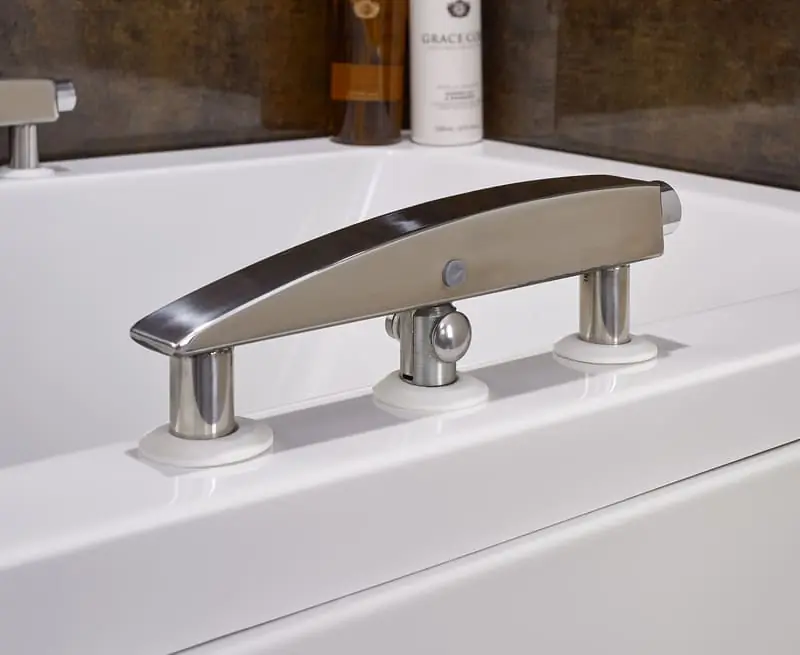
Before you install a grab rail for your walk-in bath, there are specific rail positions to be aware of so you can get the maximum support from this bathroom aid.
A horizontal grab rail, fixed on the wall approximately 10cm above the bath rim, can provide valuable assistance when standing up in the bath. You can hold the rail with one hand and use the other to push against the outer rim of the walk-in bath. In many cases, the ideal starting point for the rail is approximately 20cm from the tap end of the bath.
Alternatively, the rail can be fixed at an angle (rising upwards towards the head end of the bath) to provide inclined support. If you often stand in a bath to take a shower it could be useful to fix a vertical rail on the wall, around 60cm from the tap end of the bath. The lower end of the rail should be fixed approximately 20cm above the bath rim.
If the head end of the bath rests against a wall and there are no obstructions (e.g. a sink) on this wall then a vertical rail could be installed at a comfortable height to support you when stepping in and out of the bath.
Rail positions for walk-in showers
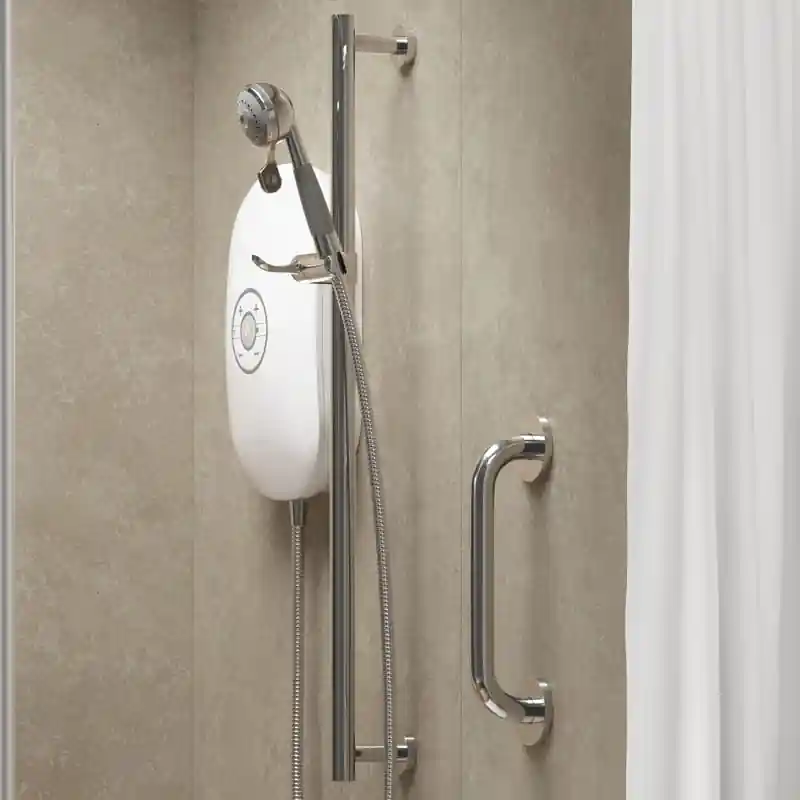
Installing a grab rail in your walk-in shower can add crucial support to your daily bathing experience. They can significantly reduce the chances of an accident and increase your safety and confidence when bathing independently.
A vertical grab rail at the entrance to the shower enclosure can be useful for support when stepping in and out of the cubicle. It should be positioned at a height that you can comfortably reach, whether you’re standing inside or outside of the enclosure.
Horizontal grab rails fixed on either side of a shower seat can help to prevent you from sliding off a seat. In many cases, a rail is ideally fixed to the wall at the side of the shower seat, approximately 20cm above the seat’s height to assist standing. If you’re a wheelchair user, holding onto this rail can give you secure support when transferring to the shower seat.
In certain disability shower pods, you may be able to get additional support by fixing a horizontal rail on the wall opposite the shower seat, positioned at an approximate height of 1m above the floor (providing it can be easily reached from the seat). If you would prefer a vertical rail here, the lowest end should be fixed at around 80cm above the floor.
Bear in mind that, to provide adequate support, the distance between the rail and the front of your shower seat should be less than 55cm.
Always consider your personal needs
The above descriptions are meant to provide basic guidelines for your bathroom design. They are based on building regulations and generic recommendations when the user is unknown, but it is worth remembering that everyone is unique and you should consider your personal needs, and individual factors like your height, when deciding the precise position of your support fittings.
Ultimately, it’s about what works for your specific measurements, your routine and your home environment. The friendly team at Mobility Plus can give you advice on support fitting positions as part of our no-obligation consultation. Our care advisors will take time to talk through your personal requirements so you can make an informed choice on the best solution for you.
Our service includes a free design plan of how your bathroom could look, including the potential position of grab rails and shower seats.
Request your free brochure to view all of our bathing aids, and see how we can transform your bathroom so you can regain the confidence to bathe confidently and safely again. If you have any other questions, contact Mobility Plus today and we’ll get to grips with your grab rail needs!

